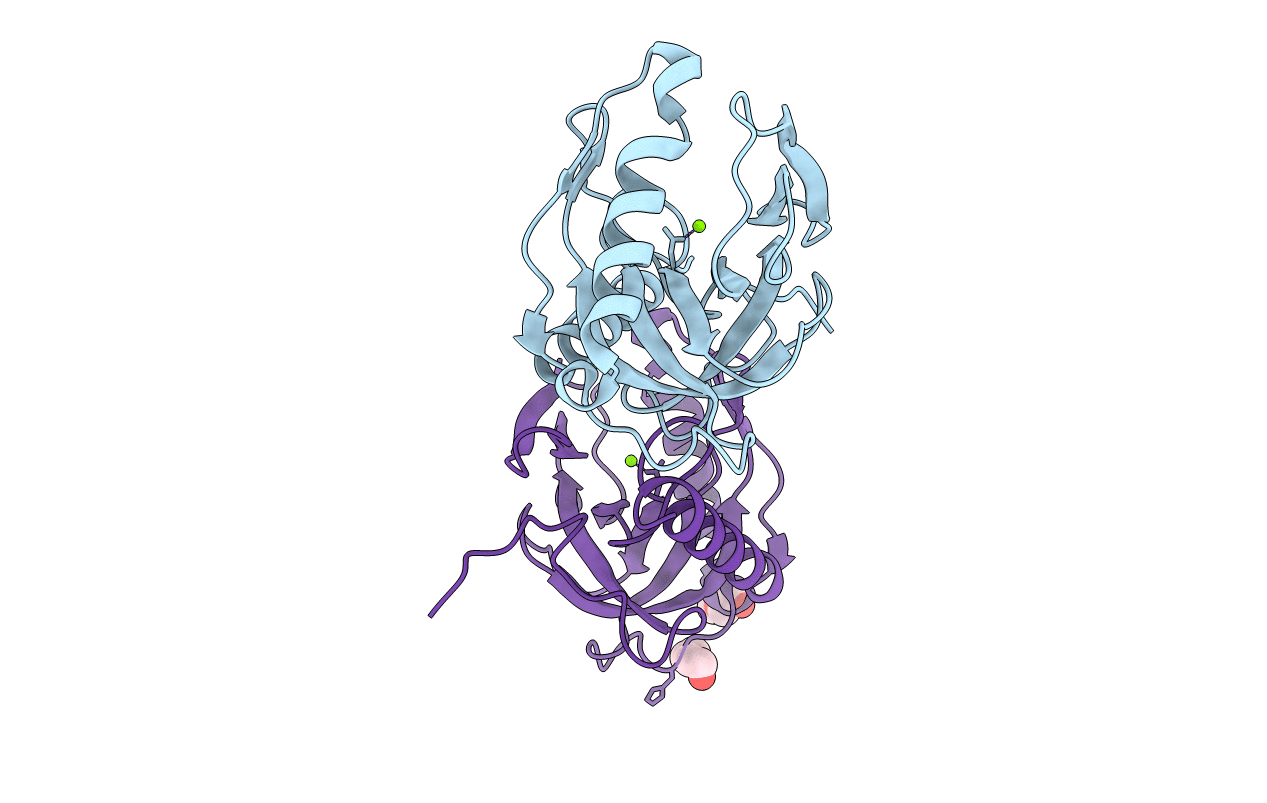
Deposition Date
2016-08-22
Release Date
2017-09-13
Last Version Date
2024-01-17
Entry Detail
PDB ID:
5LS0
Keywords:
Title:
Crystal structure of Inorganic Pyrophosphatase PPA1 from Arabidopsis thaliana
Biological Source:
Source Organism:
Arabidopsis thaliana (Taxon ID: 3702)
Host Organism:
Method Details:
Experimental Method:
Resolution:
1.83 Å
R-Value Free:
0.19
R-Value Work:
0.15
R-Value Observed:
0.15
Space Group:
H 3


